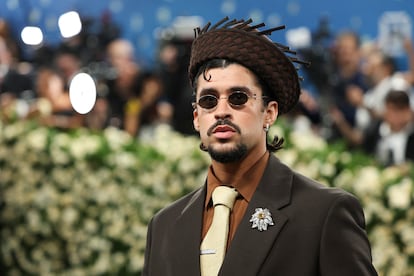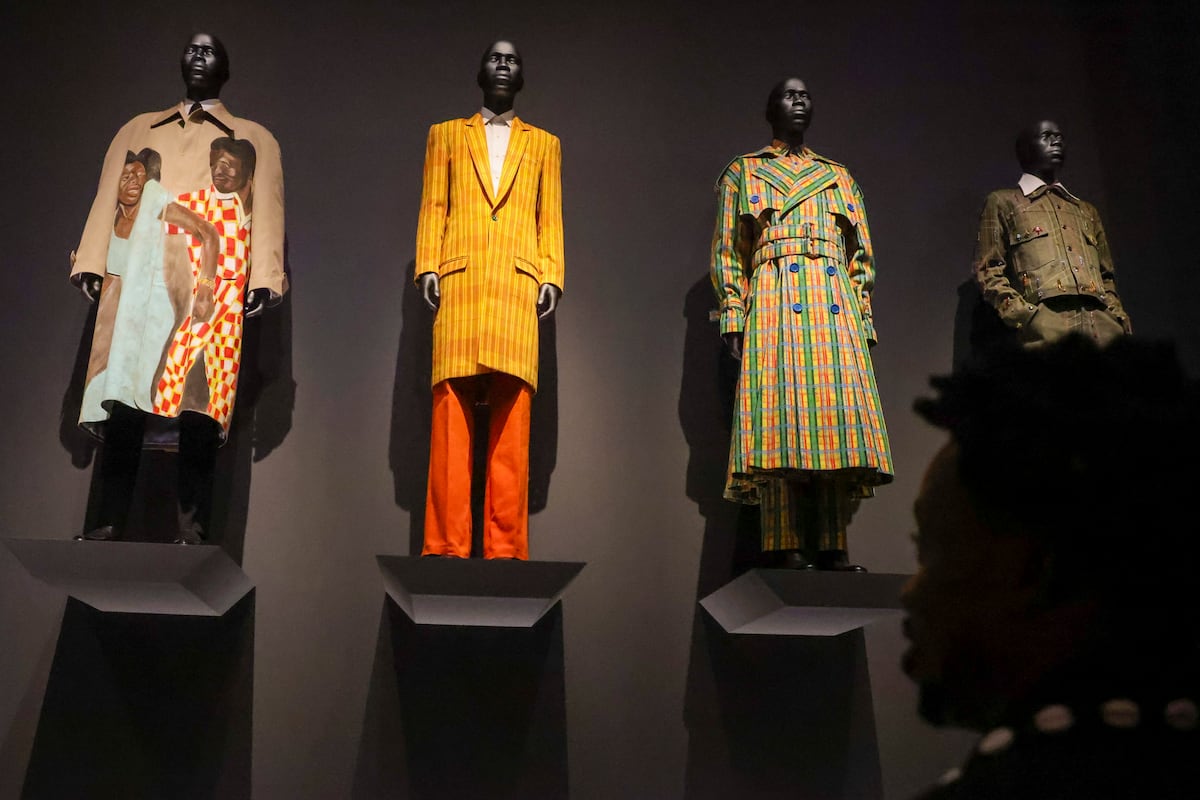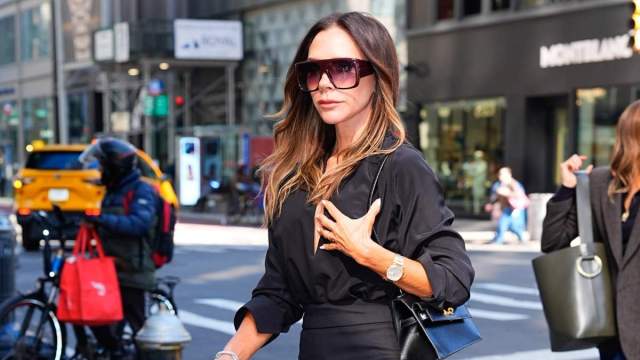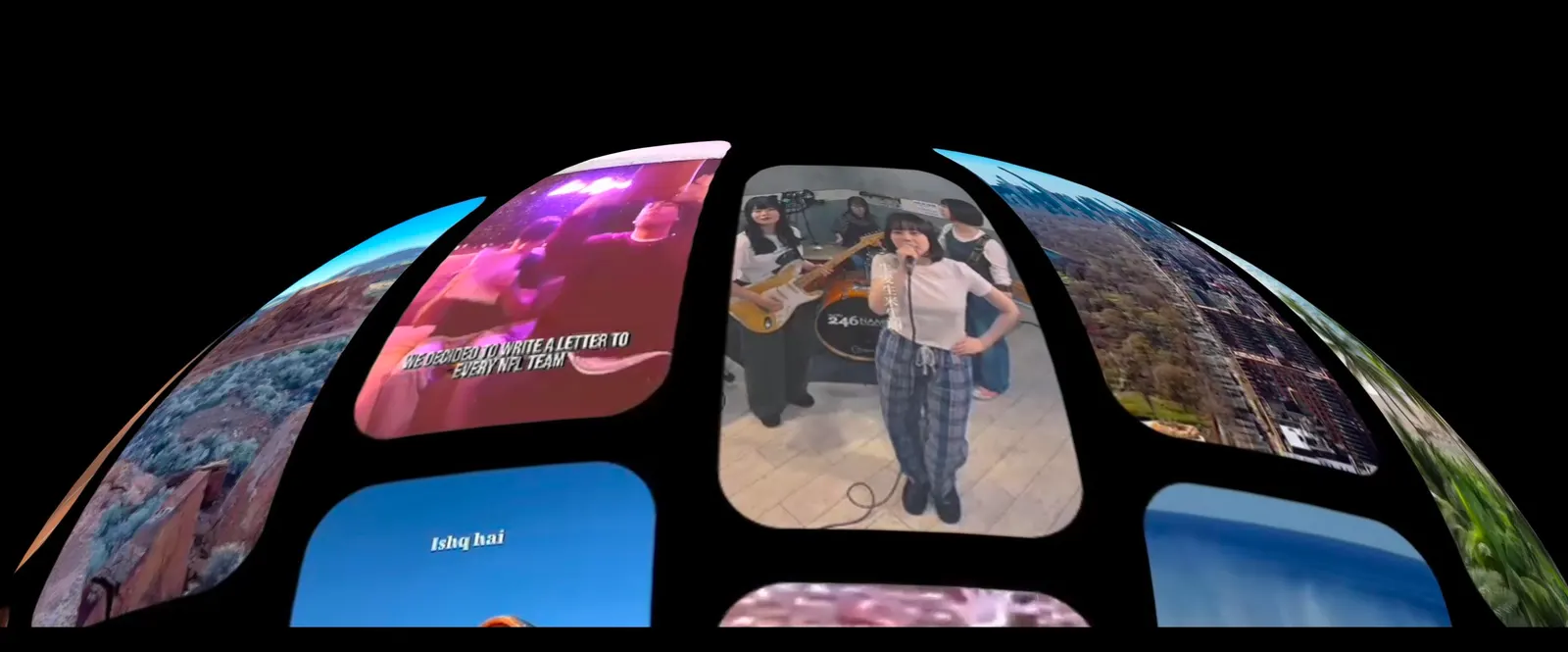Black dandyism is this year’s theme at the Metropolitan Museum of Art’s (Met) Costume Institute exhibition and its eponymous gala. Superfine: Tailoring Black Style, the title of this exhibition, revolves around a style that combines the display of creative, well-tailored menswear with the attitude of the wearer.
The so-called Super Bowl of fashion, held the first Monday of May, has highlighted the not-always-appreciated contributions of Black culture to contemporary dress. The gala’s co-chairs were perfect examples of allure, the French word for the trail left behind by someone passing by: actor Colman Domingo, Formula One driver Lewis Hamilton, artist A$AP Rocky, singer-songwriter and rapper Pharrell Williams, and, of course, Anna Wintour, the Costume Institute’s mainstay. Basketball star LeBron James, the honorary co-host, declined to attend due to injury.
It was a largely black-and-white gala with some metallic touches and a few dramatic red accents, like those of Teyana Taylor or Edvin Thompson. Co-chairs Hamilton, in immaculate white including his beret, and Domingo, in a blue cape and silver-embroidered shoulders with a graceful geometric pattern, were among the first to arrive, only to be immediately followed by Zendaya in a virginal white dress and wide-brimmed hat. Diana Ross, also in white, had the names of her children and grandchildren embroidered on her dress. It was the same color chosen for his jacket by another one of the gala’s co-chairs, Pharrell Williams, whose outfit included 15,000 pearls and required 400 hours of work.
Aside from Gigi Hadid’s golden tribute to Josephine Baker, the first African-American woman to star in a film, and a few other strident displays of color, Louis Vuitton, which co-sponsors the gala and for which Pharrell designs, was the most-seen brand. Lisa, Sabrina, Doechii, and Jeremy Allen White opted for designs from the firm, but creations by Chanel (Jennie Kim, reinterpreting the menswear label) and Sarah Burton for Givenchy (Cynthia Erivo) were also on display. Several attendees posed with the designers of their clothes, a tradition at this gala: Megan Thee Stallion with Michael Kors, Lana del Rey with Alessandro Michele (now with Valentino), and Doja Cat with Marc Jacobs. Also present was the Spanish singer Rosalía, alongside Olivier Rousteing of Balmain.
Men and women played with the formulation of the tailored suit in every possible variation, with a tailcoat, a hip-hugger, or a bustle, like the architectural black-and-white Thom Browne outfit worn by Zoe Saldaña. Also two-tone was the striped strapless dress, topped with a curious halo-like corolla, worn by Demi Moore. And one of the surprises of the night, former Vice President Kamala Harris, wore a dress from the brand Off-White, created by the late Virgil Abloh. “Art has always had a significant impact on not just culture, but also our policies and politics,” the former Democratic presidential candidate told Vogue.
Bad Bunny, wearing a brown suit, white shoes, and carrying a large travel bag, wore a typical Puerto Rican hat called a pava. His Prada suit took a couple of months to complete. The Spanish singer Rosalía dazzled crowds in a white sculpted dress that looked like a second skin. “All inspired by Olivier [Rousteing]. I’m his mannequin.” The designer, at her side, explained: “The inspiration is the made-to-measure, and the mannequin is where everything happens. It’s the beginning of creation.”

An elegant Anne Hathaway showed up in a black and gray striped skirt and a white shirt inspired by André Leon Talley, while Dua Lipa wore an all-black outfit that had a certain twenties style; standing out among them was the cotton candy pink of Shakira’s dress, while Madonna wore a faded cream suit, cigar in hand.
First exhibition of Black creators
This year’s exhibition is the Costume Institute’s first exhibition focused exclusively on Black designers, and the first in over 20 years dedicated to menswear. Unlike previous shows, which focused on celebrated designers like Karl Lagerfeld or Charles James, this one will showcase the work of emerging designers like Togolese-born Brooklyn transplant Jacques Agbobly, whose studio has not yet turned five, and who will be hanging two designs in the exhibition, which was unveiled Monday morning in New York and opens to the public this Saturday.
At the morning presentation of the exhibition, dressed in a flattering beret and magenta blazer, Domingo asserted that his elegance is due to “the inspiration of three close gentlemen: my stepfather, my biological father, and my brother.” They are, like the actor, the new owners of style, who have shaken up an ecosystem where tuxedos and bow ties once reigned, and who prioritize elegance, tailoring and attitude, breaking the uniformity of canons and even genders: women who embrace style, like the artist Janelle Monáe — who played with red at the gala — can also be dandies. Because, as Domingo reminded the press at the presentation, “God created Black people, and Black people created style.”
The theme of the exhibition and gala is inspired by Monica L. Miller’s book, Slaves to Fashion: Black Dandyism and the Styling of Black Diasporic Identity, which documents the emergence and evolution of Black dandies. “It’s very exciting to showcase the designs of young, emerging designers,” notes Miller, guest curator and professor of Africana Studies at Barnard College. The exhibition covers Black style across several centuries, but the common thread is how designers have expressed that ethos throughout history — the aspiration “above all else to dress elegantly and fashionably,” while also powerfully occupying a public space from which they have historically been marginalized.
Hours later, under a fine, persistent rain that dampened the hundreds of curious people gathered outside the museum, the curator described the parade as “extraordinary, surreal, and fantastic.” “I never imagined anything like this when I wrote the book,” she said. “I’m delighted, curious, and inspired; I’m very grateful,” she added, noting that the gala revolves around celebration and reflection.
The exhibition is divided into 12 sections, beginning with two liveries worn by former slaves and continuing on to contemporary pieces, some of which establish a dialogue with geography and history: for example, the silk ensemble embroidered with crystals and cowrie shells, traditionally used as currency in Africa, by British designer Grace Wales Bonner. There are also variations on two modern classics, jeans and the tracksuit, and a section dedicated to the disguises used by fugitive slaves.
The more contemporary section plays with gender roles, with distinctly masculine jackets on female mannequins. Through garments, accessories, paintings, photographs, and decorative arts, from the 18th century to the present day, the exhibition traces the history of the United States, from slavery to abolitionism, and reflects the beginnings of a Black middle and upper class in the country. A group of racist caricatures in a display case contrasts with photographs of epitomes of dandyism such as W.E.B. Du Bois and the elegant activist Frederick Douglass.
The 2025 gala has raised a record $31 million, according to Max Hollein, director general of the Met, marking the first time the museum’s Costume Institute fundraising has surpassed the $30 million mark (and well above the $26 million raised last year). The Met’s move also contrasts with the Trump administration’s efforts to eliminate mentions of race, sexuality or gender from schools, arts programs and workplace policies.
Sign up for our weekly newsletter to get more English-language news coverage from EL PAÍS USA Edition


